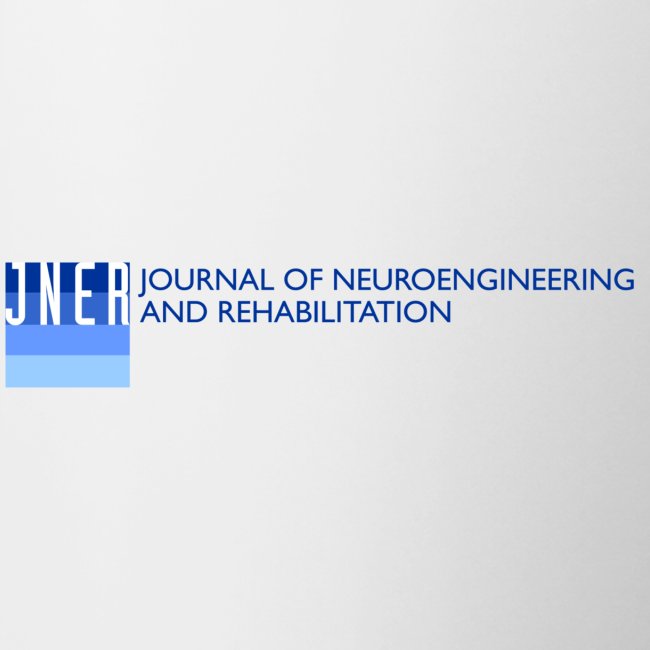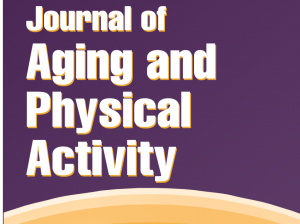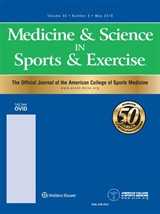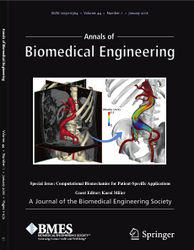Richards JT, Selgrade BP, Qiao M, Plummer P, Wikstrom EA, Franz JR. Time-dependent tuning of balance control and aftereffects following optical flow perturbation training in older adults. Journal of NeuroEngineering and Rehabilitation.

Abstract
Background: Walking balance in older adults is disproportionately susceptible to lateral instability provoked by optical flow perturbations. The prolonged exposure to these perturbations could promote reactive balance control and increased balance confidence in older adults, but this scientific premise has yet to be investigated. This proof of concept study was designed to investigate the propensity for time-dependent tuning of walking balance control and the presence of aftereffects in older adults following a single session of optical flow perturbation training.
Methods: 13 older adults participated in a randomized, crossover design performed on different days that included 10 minutes of treadmill walking with (experimental session) and without (control session) optical flow perturbations. We used electromyographic recordings of leg muscle activity and 3D motion capture to quantify foot placement kinematics, lateral margin of stability, and antagonist coactivation during normal walking (baseline), early (min 1) and late (min 10) responses to perturbations, and aftereffects immediately following perturbation cessation (post).
Results: At their onset, perturbations elicited 17% wider and 7% shorter steps, higher step width and length variability (+171% and +132%, respectively), larger and more variable margins of stability (MoS), and roughly twice the antagonist leg muscle coactivation (p-values<0.05). Despite continued perturbations, most outcomes returned to values observed during normal, unperturbed walking by the end of prolonged exposure. After 10-min of perturbation training and their subsequent cessation, older adults walked with longer and more narrow steps, modest increases in foot placement variability, and roughly half the MoS variability and antagonist lower leg muscle coactivation as they did before training.
Conclusions: Findings suggest that older adults: (i) respond to the onset of perturbations using generalized anticipatory balance control, (ii) deprioritize that strategy following prolonged exposure to perturbations, and (iii) upon removal of perturbations, exhibit short-term aftereffects that indicate a lessening of anticipatory control, an increase in reactive control, and/or increased balance confidence. We consider this an early, proof-of-concept study into the clinical utility of prolonged exposure to optical flow perturbations as a training tool for corrective motor adjustments relevant to walking balance integrity toward reinforcing task-specific, reactive control and/or improving balance confidence in older adults.







/Journal_of_Applied_Biomechanics-600x711.jpg) Clark WH and Franz JR. Activation-dependent changes in soleus length-tension behavior augment ankle joint quasi-stiffness. Journal of Applied Biomechanics (In press).
Clark WH and Franz JR. Activation-dependent changes in soleus length-tension behavior augment ankle joint quasi-stiffness. Journal of Applied Biomechanics (In press). Waanders JB, Hortobágyi T, Murgia A, DeVita P, Franz JR. Advanced age redistributes positive but not negative leg joint work during walking. Medicine & Science in Sports & Exercise (In press).
Waanders JB, Hortobágyi T, Murgia A, DeVita P, Franz JR. Advanced age redistributes positive but not negative leg joint work during walking. Medicine & Science in Sports & Exercise (In press). Franz JR, Khanchandani A, McKenney H, Clark WH. Ankle rotation and muscle loading effects on the calcaneal tendon moment arm: an in vivo imaging and modeling study. Annals of Biomedical Engineering (In press).
Franz JR, Khanchandani A, McKenney H, Clark WH. Ankle rotation and muscle loading effects on the calcaneal tendon moment arm: an in vivo imaging and modeling study. Annals of Biomedical Engineering (In press). Fickey SN, Browne MG, Franz JR. Biomechanical effects of augmented ankle power output during human walking. Journal of Experimental Biology (In press).
Fickey SN, Browne MG, Franz JR. Biomechanical effects of augmented ankle power output during human walking. Journal of Experimental Biology (In press).